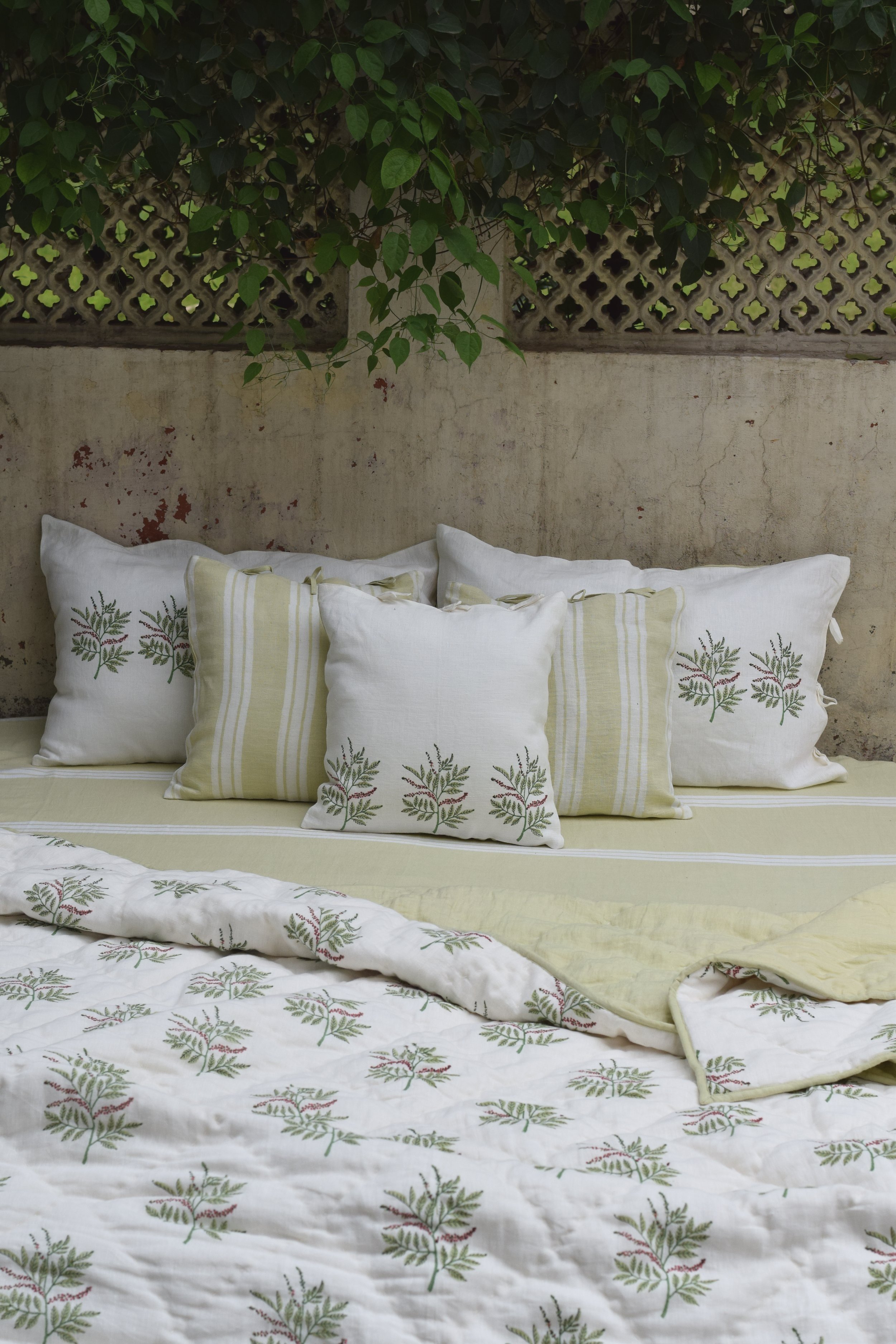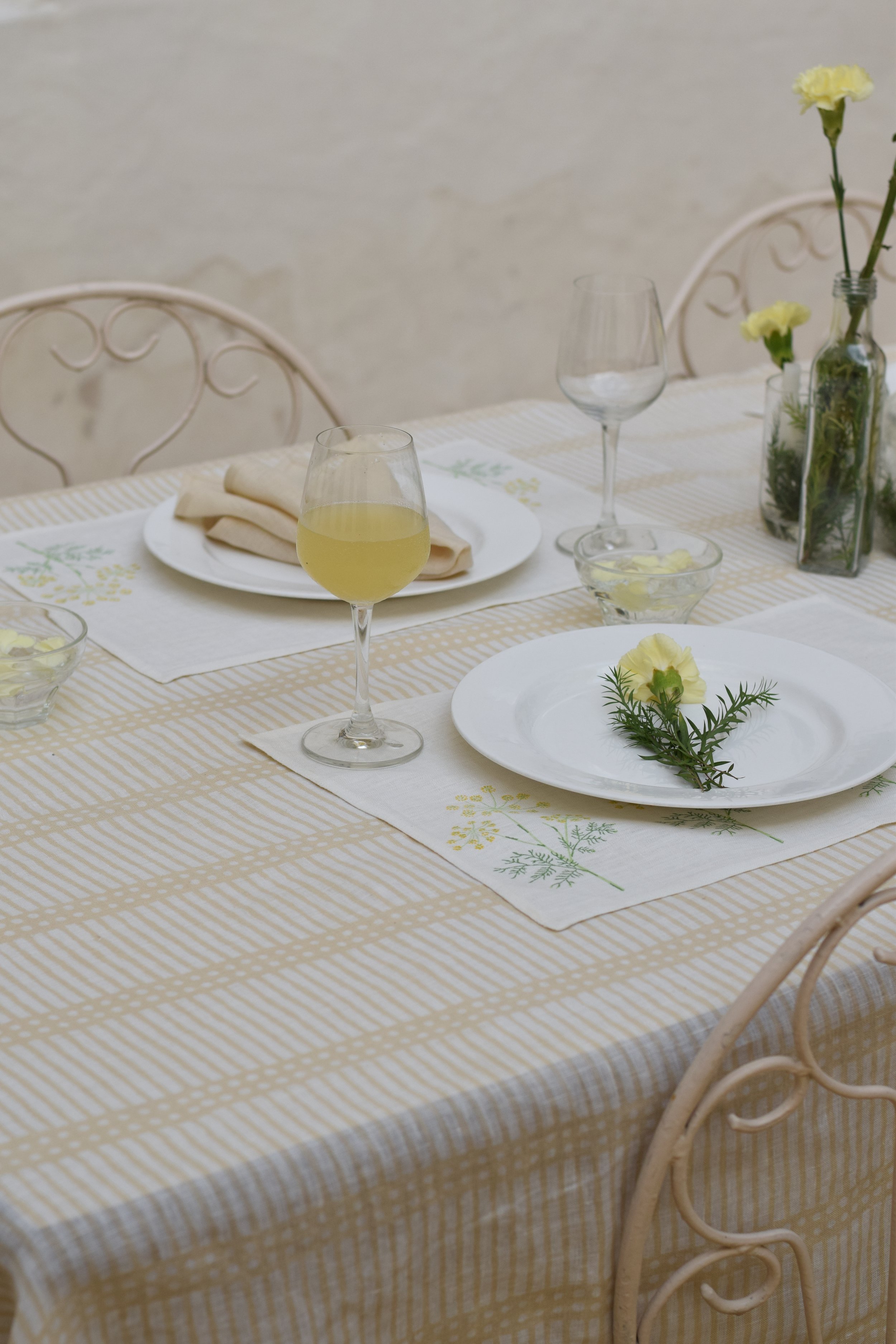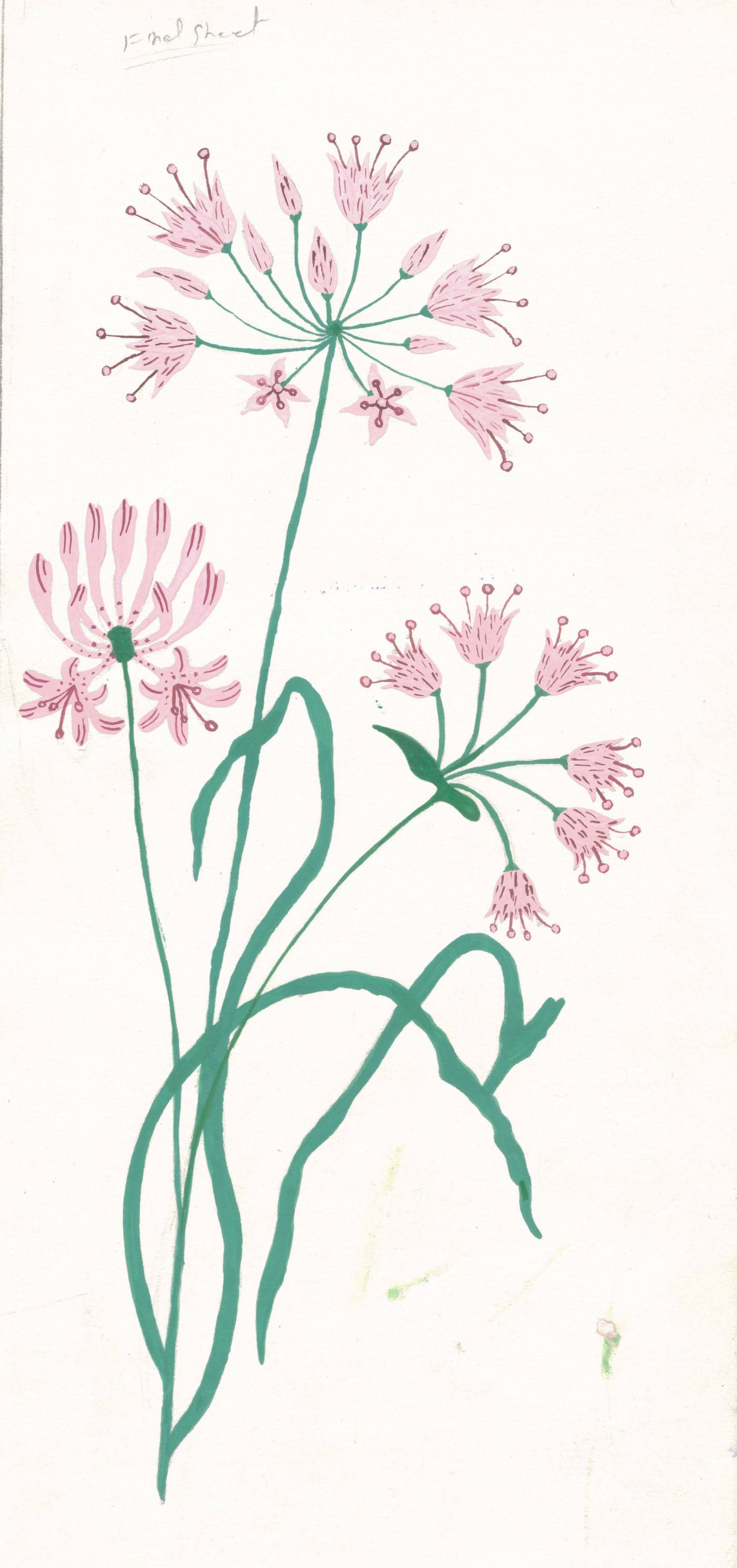Taru Jaipur
Partnering with H&S Studio, a three-decade-old textile giant, we faced the challenge of rejuvenating their hand block printing unit, a craft on the verge of extinction.
Taru Jaipur emerged as a beacon of innovation, blending traditional hand-block printing with modern design sensibilities and catering to a market craving authenticity and quality. This initiative preserved a heritage craft and positioned it within the slow consumption movement, appealing to consumers’ desire for mindful and sustainable purchases.
My role - Lead Strategist and Art Director
Timeframe
Processes
Tools
Team
Adobe Creative Cloud
Google Office Suite
Keynote
Photography
Harshita Gurjar
Market Analysis
Brand Strategy
Art Direction
Content Strategy
8 weeks
Taru Jaipur products are also available on curated online luxury retailers such as Aza, Amala Earth, and Tata Cliq Luxury.
Context
Old and unused wooden blocks lying around at the H&S Studio Workshop
H&S Studio, despite its success in the textile industry, struggled to utilize its oldest wing, the hand block-printing unit, risking its closure. This 4000-year-old craft, popularised during the Mughal era in India, faces extreme challenges in keeping up with bulk manufacturing techniques such as screen printing, which are less labor intensive.
Problem
Screen-printing at a factory in Sanganer, Jaipur
The hand-block printing craft is labor intensive and highly undervalued due to market saturation of mass-produced, hand-block print-looking but screen and digitally printed products, diminishing its unique value. H&S Studio's hand-block printing unit faced potential closure due to these challenges
Insight
Despite the traditional appeal of hand-block printing, there's an emerging trend among high-income urban millennials, particularly noticeable post-pandemic, who are actively seeking home goods that are unique, authentic, and produced responsibly. These preferences are largely unmet by current industry standards, which tend to lean heavily on pre-existing motif libraries and favor partnerships with large chain retailers to manage the high costs of production.
How might we revitalize the traditional block printing craft to appeal to modern consumers while promoting slow consumption?
Taru Jaipur is a home linen brand that reimagines traditional block printing through innovative design collaborations, creating intentional capsule collections that resonate with contemporary tastes and slow consumption movement.
Brand and Product Strategy
1. Adopt a design-first approach to highlight the craft's capabilities.
2. Develop small, versatile capsule collections to remain adaptable to market trends.
3. Diversify product range to include items at various price points, creating a lower barrier for customer acquisition.
4. Ensure each collection features unique motifs, avoiding repetition and promoting exclusivity.
5. Collaborate with different artists to infuse fresh perspectives into the design process.
6. Prioritize social media marketing, sharing behind-the-scenes content to build brand intrigue and transparency.
7. Establish clear communication channels between illustrators, hand-block makers, and printers to optimize room for experimentation with the traditional technique.
8. Leverage Jaipur's rich heritage and daily life for content to root the brand in a narrative of living heritage.
9. Avoid stock images, creating an authentic image bank that intimately showcases the production process and life around the workshop
10. Prioritize packaging that reflects the brand's ethos, using block-printed cotton bags and no plastics.
Outcomes
Along with their website, within a year of launch, Taru Jaipur is also available on curated online luxury retailers such as Aza, Amala Earth, and Tata Cliq Luxury.
They have almost 10k followers on Instagram and many reels receiving over 50k views and 300k on their most viewed reel.
The company turned profitable within its second year and has doubled the capacity of it’s hand-block printing units.


























